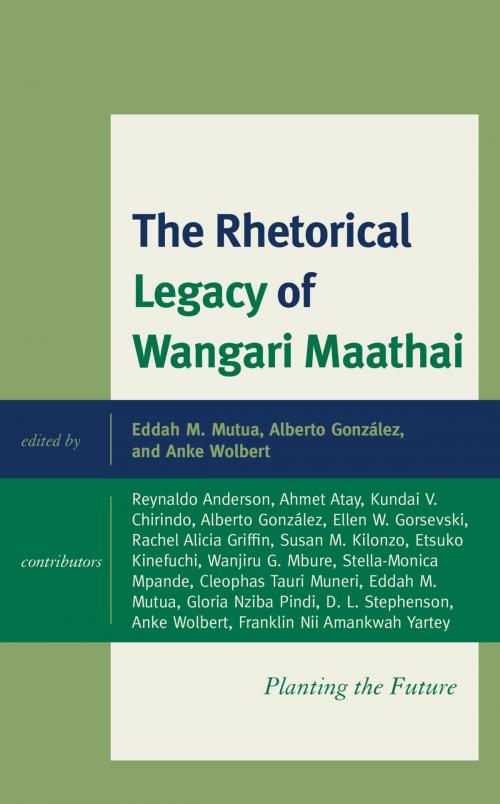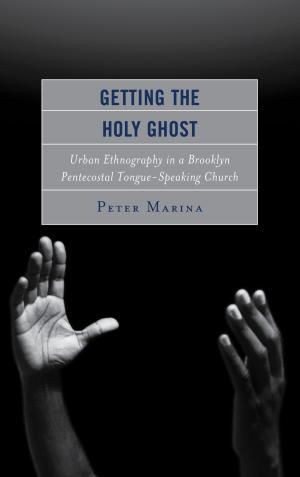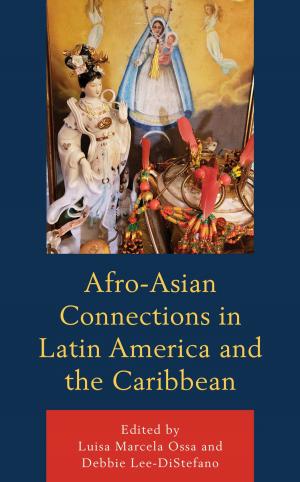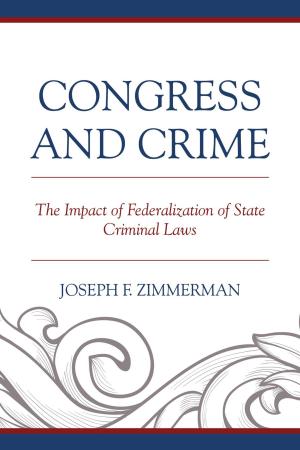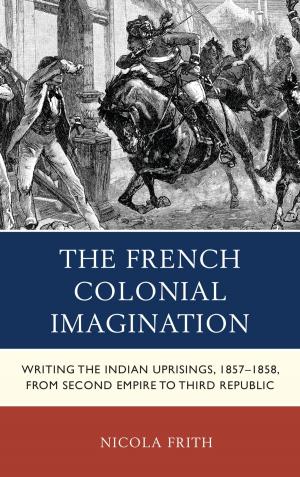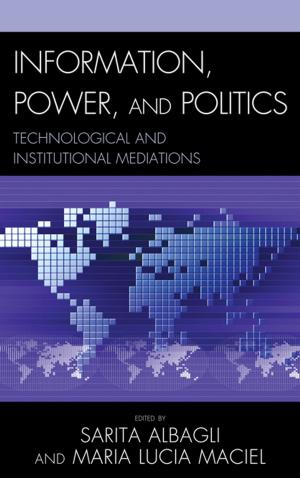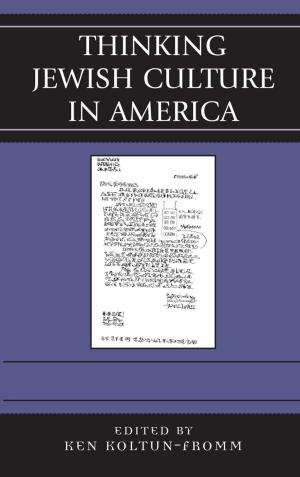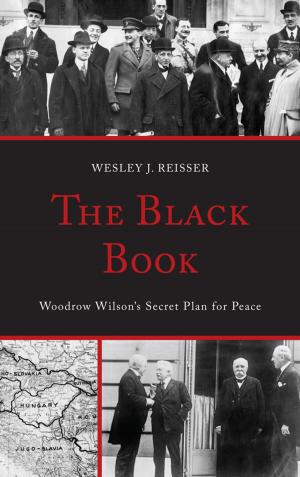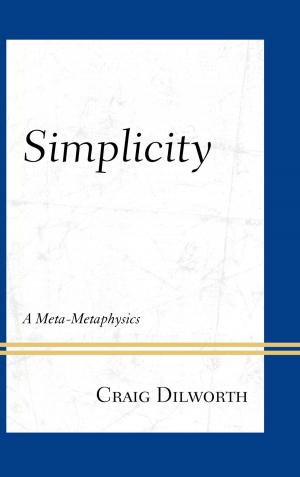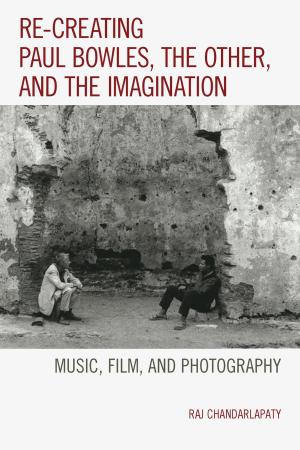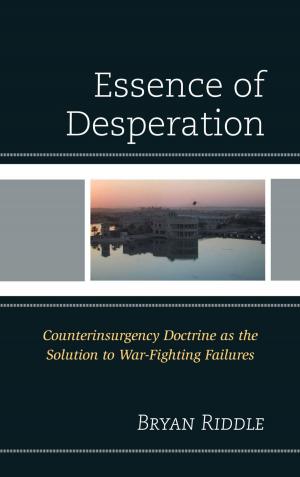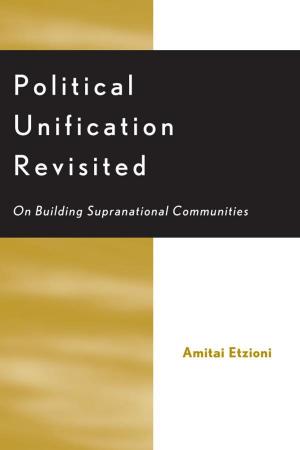The Rhetorical Legacy of Wangari Maathai
Planting the Future
Nonfiction, Reference & Language, Language Arts, Public Speaking, Rhetoric, Social & Cultural Studies, Social Science, Gender Studies, Feminism & Feminist Theory| Author: | Reynaldo Anderson, Ahmet Atay, Kundai V. Chirindo, Alberto González, Ellen W. Gorsevski, Rachel Alicia Griffin, Susan M. Kilonzo, Etsuko Kinefuchi, Wanjiru G. Mbure, Stella-Monica Mpande, Cleophas T. Muneri, Eddah M. Mutua, Gloria Nziba Pindi, D. L. Stephenson, Anke Wolbert, Franklin Nii Amankwah Yartey | ISBN: | 9781498571135 |
| Publisher: | Lexington Books | Publication: | October 25, 2018 |
| Imprint: | Lexington Books | Language: | English |
| Author: | Reynaldo Anderson, Ahmet Atay, Kundai V. Chirindo, Alberto González, Ellen W. Gorsevski, Rachel Alicia Griffin, Susan M. Kilonzo, Etsuko Kinefuchi, Wanjiru G. Mbure, Stella-Monica Mpande, Cleophas T. Muneri, Eddah M. Mutua, Gloria Nziba Pindi, D. L. Stephenson, Anke Wolbert, Franklin Nii Amankwah Yartey |
| ISBN: | 9781498571135 |
| Publisher: | Lexington Books |
| Publication: | October 25, 2018 |
| Imprint: | Lexington Books |
| Language: | English |
This book honors the advocacy of Dr. Wangari Maathai, acclaimed environmentalist and the first African woman to receive the Nobel Prize for Peace. Dr. Maathai was a gifted orator who crafted messages that imagined new possibilities for human agency and social justice and who inspired action to protect our natural habitats. This collection explores the various strategies Maathai employed in her speeches to create memorable images and arguments for audiences in Kenya and around the world. Specifically, authors examine Maathai's use of storytelling, her creative use of metaphor and local cultural knowledge, and her use of sharp social-political analysis. Authors approach Maathai's rhetoric from both African and Western ways of knowing.
This book honors the advocacy of Dr. Wangari Maathai, acclaimed environmentalist and the first African woman to receive the Nobel Prize for Peace. Dr. Maathai was a gifted orator who crafted messages that imagined new possibilities for human agency and social justice and who inspired action to protect our natural habitats. This collection explores the various strategies Maathai employed in her speeches to create memorable images and arguments for audiences in Kenya and around the world. Specifically, authors examine Maathai's use of storytelling, her creative use of metaphor and local cultural knowledge, and her use of sharp social-political analysis. Authors approach Maathai's rhetoric from both African and Western ways of knowing.
